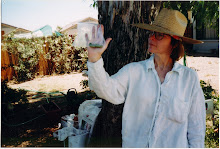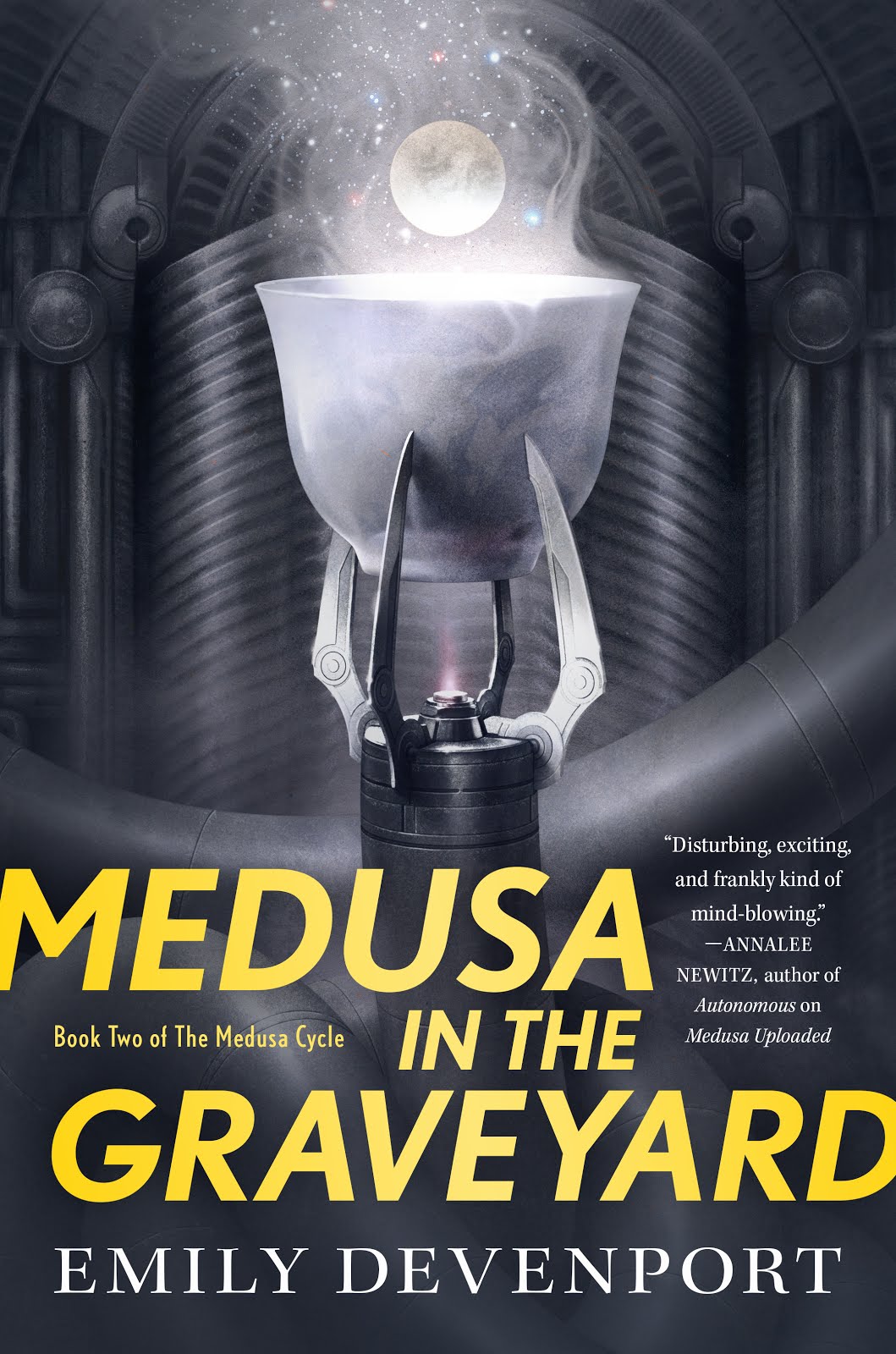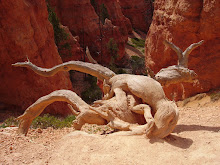
Mineral resources on Earth took millions (in some cases, billions) of years to form and are non-renewable, yet the demand for them is increasing along with human population. There are some who might argue that we should dynamite every mountain and dig up every canyon and valley that might conceivably hold even small amounts of the metals we need to maintain our technologies and our lifestyles. But there is a better alternative. We should begin developing a program that will allow us to mine Near Earth Asteroids now so we can have an orbital mining industry in place long before we begin to experience shortages on Earth.
Any mining operation has high, up-front costs. The costs connected with an NEA mining operation would dwarf the costs of current, Earth-bound mines, but the profits and benefits of successful NEA mining would far exceed those that result from conventional mining. An M-type asteroid with a diameter of 1km could contain approximately 2 billion metric tons of nickel-iron ore, about twice the amount of world production of iron ore in 2004. NEAs may also contain other industrial elements and precious minerals like cobalt, gold and platinum, as well as water ice that could be used to make fuel for spacecraft.
The quality of ore in these asteroids is currently unknown, but that is also true of ore deposits on Earth. Though up-front costs are important, there are several other excellent reasons to create an asteroid mining industry, not the least of which would be the new jobs that would be created. Geologists, chemists, engineers, astronomers, astrophysicists, and professionals from related fields would work with mining technicians using a range of equipment and obtaining a level of training previously unheard of in the mining industry.
Another factor to consider is simply the fact that we’re going to be in space anyway, building and improving the International Space Station, sending scientific missions to the moon, Mars, and other planets, and protecting national security. If we can wrangle our raw materials from NEA’s, we’ll improve our ability to live and work in space.
Once we’ve mined minerals from NEAs, a lot of it can be refined and processed in space. The materials we need on Earth could be lowered into our gravity with space elevators. These would stretch from the surface of Earth, at the equator, into a geostationary orbit. Ore could be lowered to the surface, and personnel and equipment could be shuttled to orbit. The carbon nanotube material needed to construct the space elevator does not currently exist -- it would need to be 100 times stronger than steel. We also need to develop space-tether technologies, both for anchoring miners to the asteroids and for the space elevators, to learn how to wrangle long structures in space. High-speed electro-magnetic propulsion technology would also have to be developed.
These are huge challenges, but there is one last, very compelling reason to pursue mining of NEAs, and that is the possibility that someday we may need to intercept a large asteroid or comet that is on a collision course with Earth. If we already have experience changing the trajectory of asteroids for mining purposes, we’ll have a much better chance of nudging one out of a destructive path. And while we’re at it, we might as well carve some cash out of its hide, to pay for the expenses of the mission.
We’re going to be there anyway. Let’s make some money while we’re at it.













